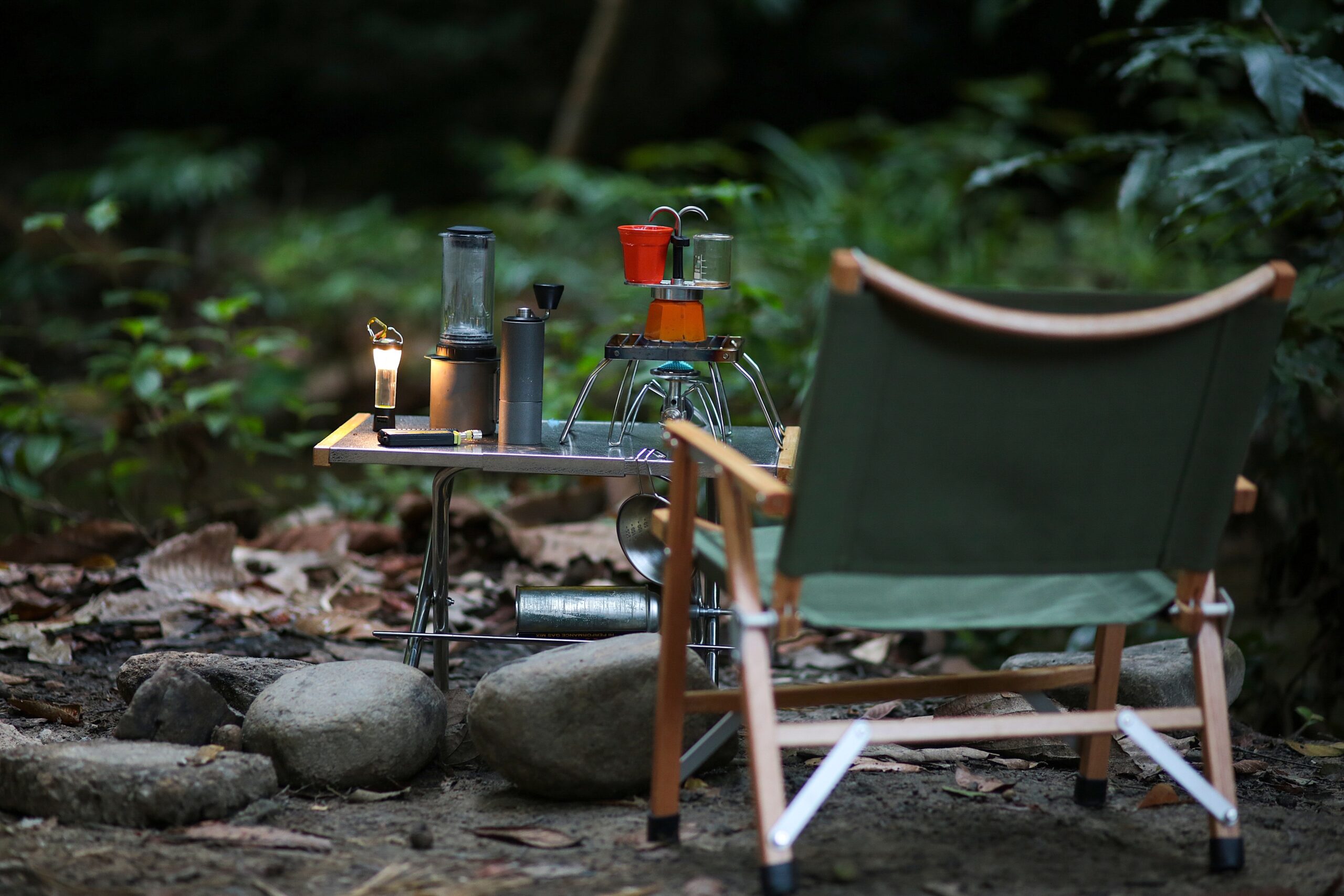Stylish Mobility Aids: Merging Function with Fashion
In the past, mobility aids were often perceived as purely functional devices, designed with little regard for aesthetics. However, recent trends show a significant shift towards integrating style and function, making mobility aids not only practical but also fashionable. This transformation is driven by a growing demand for products that reflect personal style and individuality. As the population ages and the market for mobility aids expands, designers are increasingly focusing on creating aids that users can be proud to use in public.
Modern mobility aids now come in a variety of styles, colors, and materials, allowing users to choose options that best fit their personal tastes. From sleek, minimalist designs to vibrant, colorful patterns, there is something for everyone. This shift is not only about aesthetics; it’s also about empowerment. By offering stylish options, users feel more confident and less stigmatized, transforming the perception of mobility aids from medical devices to fashion accessories.
Moreover, the integration of technology into mobility aids has further enhanced their appeal. Features such as ergonomic handles, adjustable heights, and lightweight materials make them more user-friendly, while smart technology integration offers additional functionalities like GPS tracking and health monitoring. These advancements cater to a tech-savvy generation that values both style and innovation.
Fashionable Walkers: A New Era of Mobility
Walkers have long been associated with the elderly, often seen as a symbol of declining independence. However, contemporary designs are challenging this stereotype by offering walkers that are both functional and fashionable. The modern walker market is diverse, with options ranging from ultra-lightweight models to those with built-in seats and storage compartments, all designed with an eye for style.
Today’s walkers are available in a range of colors and finishes, allowing users to express their personal style. Some models even offer interchangeable parts, such as handles and wheels, so users can customize their walkers to match their outfits or mood. This level of personalization is a game-changer, helping to destigmatize the use of walkers and encouraging more people to embrace them as a lifestyle choice rather than a necessity.
In addition to aesthetics, modern walkers are designed with enhanced functionality. Features such as foldable frames for easy transportation, ergonomic grips for comfort, and advanced braking systems for safety are now standard. These improvements not only make walkers more appealing but also more accessible to a wider audience, including younger individuals with temporary mobility issues.
Modern Canes Design: Balancing Style and Support
Canes have undergone a significant transformation, evolving from simple wooden sticks to sophisticated mobility aids that offer both support and style. The modern cane market caters to a variety of tastes and needs, with designs ranging from classic to contemporary.
One of the key trends in cane design is the use of high-quality materials such as carbon fiber, aluminum, and even sustainable woods. These materials not only enhance the durability of the canes but also contribute to their aesthetic appeal. Additionally, ergonomic handles and adjustable heights ensure that users can find a cane that fits their specific requirements.
Some canes now incorporate technology to provide additional benefits. For instance, LED lights for nighttime visibility, built-in alarms for emergencies, and even Bluetooth connectivity for tracking and monitoring purposes are becoming increasingly common. These features make canes not just a support device but a smart accessory that enhances the user’s lifestyle.
Furthermore, the fashion industry has taken notice, with designers collaborating to create canes that are as much a fashion statement as they are a mobility aid. This collaboration has led to exquisite designs that can be seen on fashion runways and in everyday use, further blurring the line between function and fashion.
Inclusive Innovation: Redefining Mobility Aids
The evolution of mobility aids is a testament to the power of inclusive innovation. By focusing on the needs and desires of a diverse user base, designers and manufacturers are creating products that enhance the quality of life for individuals with mobility challenges. This approach not only addresses functional needs but also empowers users by offering choices that reflect their personal style and identity.
Inclusive innovation is about more than just aesthetics; it involves rethinking the entire user experience. From the materials used to the design process, every aspect is considered to ensure that mobility aids are accessible, comfortable, and stylish. This holistic approach has led to the development of products that are not only practical but also desirable, encouraging more people to embrace mobility aids as part of their daily lives.
Moreover, the focus on inclusivity extends beyond the products themselves. Companies are increasingly engaging with users to gather feedback and insights, ensuring that their designs meet real-world needs. This collaboration between users and designers is driving the development of mobility aids that are not only functional but also deeply personal.
Conclusion: Embracing Style and Function in Mobility Aids
The transformation of mobility aids from purely functional devices to stylish accessories is a reflection of changing societal attitudes and a growing emphasis on personal expression. As the market continues to evolve, users can look forward to even more innovative designs that offer both support and style.
This shift towards stylish mobility aids is not just about aesthetics; it’s about empowerment and inclusivity. By offering products that cater to diverse tastes and needs, the industry is helping to break down barriers and change perceptions, making mobility aids an integral part of modern life.
For individuals who rely on these aids, the ability to choose products that reflect their personal style is a powerful statement of independence and self-expression. As designers continue to push the boundaries of what is possible, the future of mobility aids looks brighter than ever, promising a world where function and fashion coexist harmoniously.





